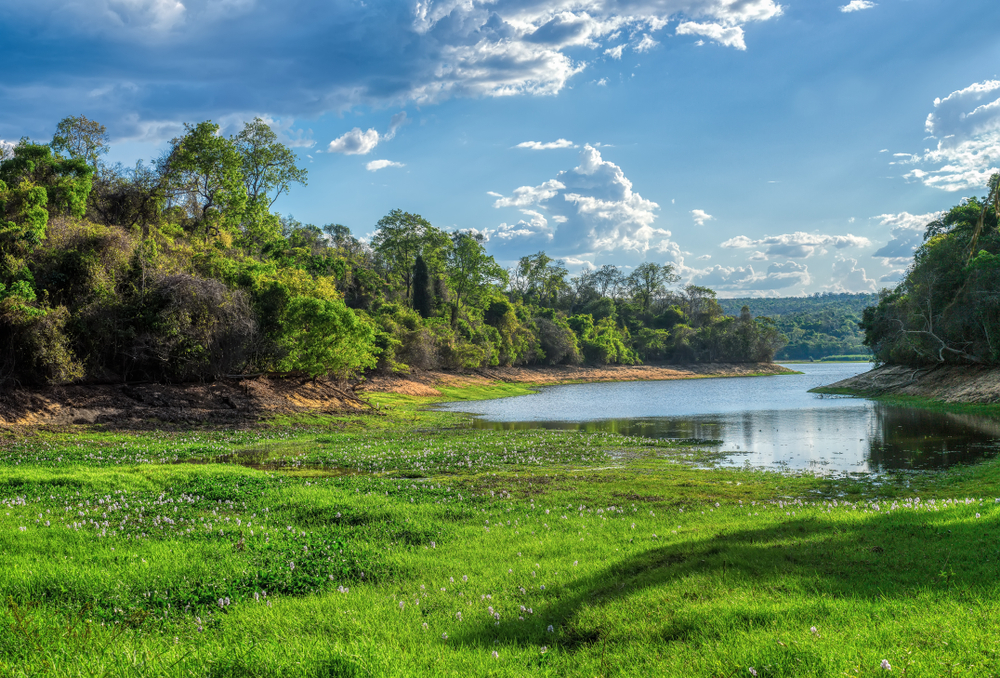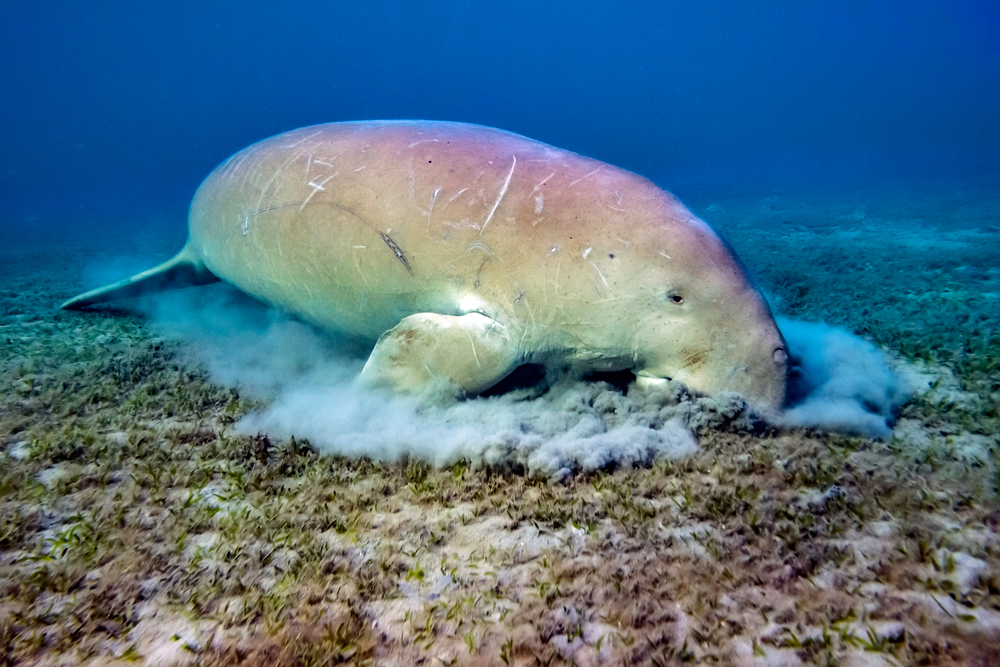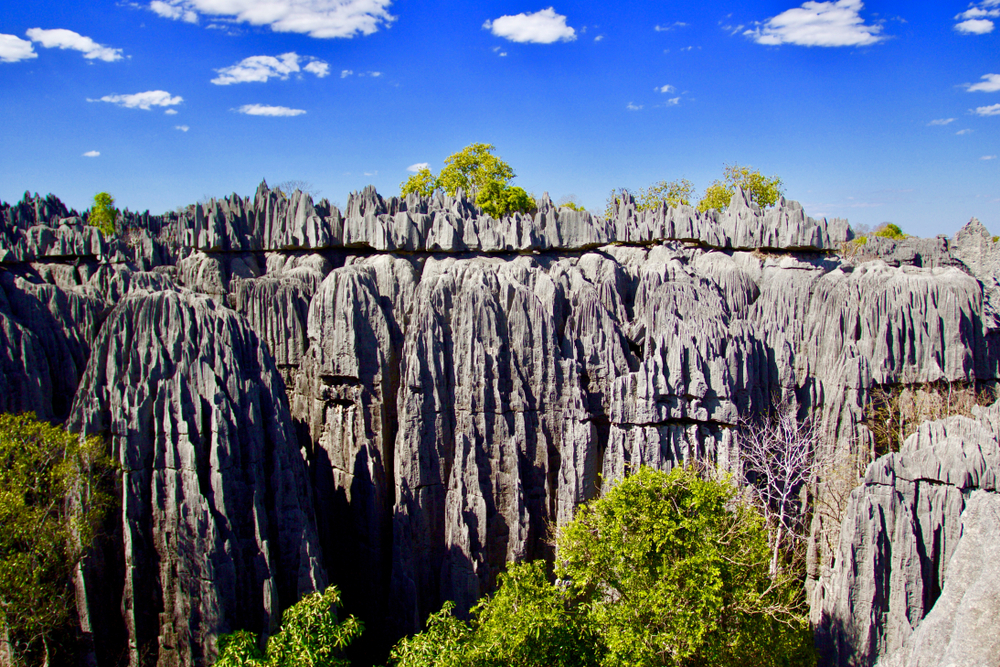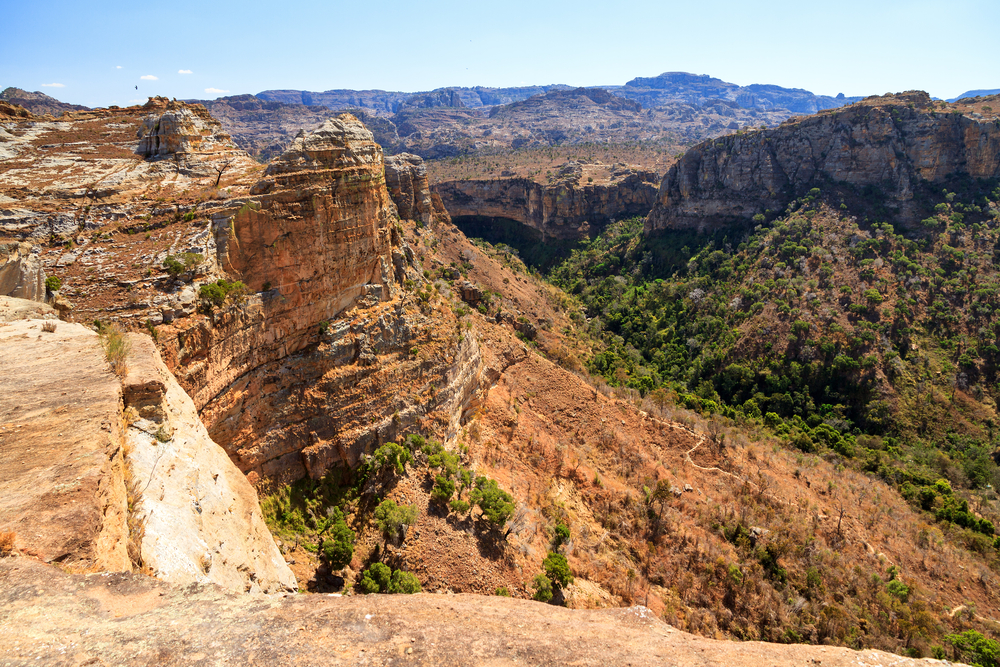Kirindy Mitea Overview
Kirindy Mitea National Park, locally known as “Parc National de Kirindy Mitea,” is located on Madagascar’s southwestern coast, near the town of Morondava. Established in 1997, the park spans approximately 720 square kilometers (278 square miles) and is a critical transition zone between the island’s dry deciduous forests and its unique spiny forest. This park is a haven for biodiversity, encompassing diverse ecosystems, including forests, coastal mangroves, and savannahs, making it an essential part of Madagascar’s conservation efforts.
The terrain of Kirindy Mitea National Park is a varied mosaic of landscapes. It includes dense dry forests, characterized by towering baobab trees, spiny thickets filled with unique succulents, and open savannahs. The park also boasts a stunning coastal area with mangrove forests and pristine beaches along the Mozambique Channel. This variety of habitats supports an incredible range of flora and fauna, many of which are endemic to Madagascar.
Kirindy Mitea is renowned for its rich biodiversity, featuring several iconic species. The park is home to eight species of lemurs, including the red-tailed sportive lemur and the fat-tailed dwarf lemur. Reptiles are abundant, with chameleons, geckos, and tortoises frequently sighted in the forests and savannahs. Bird enthusiasts can observe species such as the white-browed owl and Madagascar plover. The coastal mangroves and nearby waters are critical habitats for marine life, including crabs, fish, and the elusive dugong. The park also serves as a nesting ground for sea turtles, further highlighting its ecological importance.
Visitors to Kirindy Mitea National Park can enjoy a variety of activities that showcase its natural beauty. Guided hikes through the forest offer opportunities to observe lemurs and reptiles in their natural habitats, while birdwatching tours cater to ornithologists and enthusiasts. The park’s coastal areas invite exploration of mangroves and snorkeling opportunities in the nearby waters. Photography and eco-tours provide immersive experiences, while cultural exchanges with local communities add a rich dimension to visits.
Despite its ecological significance, Kirindy Mitea faces challenges such as habitat loss due to deforestation, agricultural encroachment, and climate change. Conservation efforts led by Madagascar National Parks, in collaboration with local and international organizations, focus on habitat restoration, anti-poaching measures, and sustainable tourism. Community-based programs are essential in promoting awareness and providing alternative livelihoods, ensuring that locals play an active role in protecting the park’s resources.
Kirindy Mitea National Park is a testament to Madagascar’s extraordinary natural heritage. Its diverse ecosystems, unique wildlife, and cultural richness make it a must-visit destination for eco-tourists and researchers. By preserving Kirindy Mitea, Madagascar contributes to global conservation efforts and secures the future of one of the planet’s most remarkable ecological treasures.

















































































